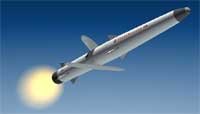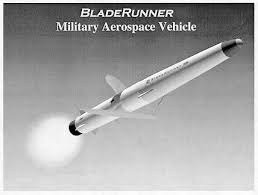- Joined
- 27 April 2008
- Messages
- 406
- Reaction score
- 128
About a decade ago, AFRL had an internal concept known as BladeRunner. Unlike Pegasus and other designs that are volume-limited due to ground clearance concerns, BladeRunner would have been popped out the aft cargo doors of an Air Force transport. The wings would be simple scissor-wings on a pivot. BladeRunner had two stages, avoiding the mass penalties of the “assisted SSTO” approach. To this day, BladeRunner is one of the most sound RLV concepts I’ve ever looked at in detail. Perhaps I’m biased, having been given the BladeRunner briefing by one of the gentlemen who developed the concept.
http://chairforceengineer.blogspot.co.uk/2008/01/winging-it.html
http://arc.aiaa.org/doi/abs/10.2514/6.1999-4616
http://mae.engr.ucdavis.edu/faculty/sarigul/aiaa2001-4619.pdf
http://www.uieinc.com/airforce.html


